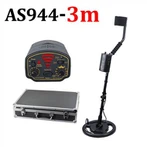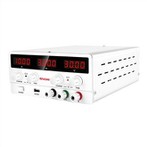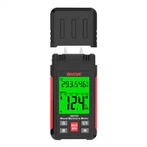Currently, there are three common detection methods for VOC gas detectors:
Currently, there are three common detection methods for VOC gas detectors: PID (Photoionization Detector), Flame Ionization Detector, and Gas Chromatograph. Among them, PID and Flame Ionization Detector are used to detect the total amount of VOC gases. A single VOC gas cannot be accurately monitored in a mixed gas environment. In contrast, a Gas Chromatograph is able to measure specific VOC gases in a mixed gas environment, but it is expensive and bulky. At present, most of the detectors of VOC gas detectors commonly used in the market adopt the PID principle for detection. Monitoring VOC gases using the PID principle has the advantages of low cost, small size, portability, and convenient detection.
Characteristics of VOC Gas Detector Testing Equipment
1. Long service life, resistant to low temperatures, and resistant to poisoning by sulfides and silane gases.
2. It has good sealing performance, anti-corrosion, explosion-proof capabilities, and functions of resisting electromagnetic interference and radio frequency interference.
3. The concentration value is displayed on-site, and both RS485 and 4-20mA digital-to-analog outputs are available simultaneously.
4. The die-cast stainless steel sensor housing is suitable for harsh environments such as high temperature and high humidity.
5. Non-contact calibration of the zero point and gain is achieved through infrared remote control.
6. Two particularly prominent red light-emitting diode lamps flash to indicate high and low alarms respectively. At the same time, the sound alarm emits an alarm sound to immediately notify the on-site staff. The two relays are engaged respectively to drive other peripheral control devices to work.






